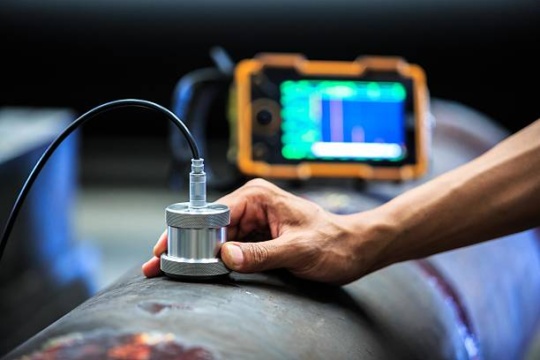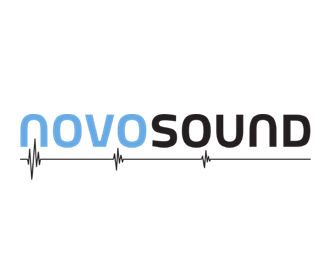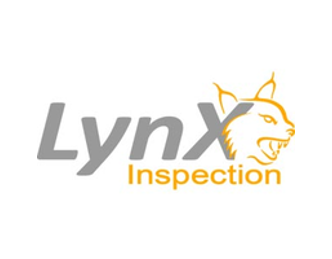123Fab #6
1 topic, 2 key figures, 3 startups to draw inspiration from

Going “contactless” is kind of trendy right now, and we didn’t want to miss out on industry awareness.
Non-destructive testing (NDT) has been around for some time and covers a wide range of underlying technologies. By allowing the examination or evaluation of an asset (materials, parts, assembly, etc.) without altering or even touching it, NDT detects conditions or discontinuities that may or may not impact the integrity of an asset and is therefore used for both in-field inspection and in-line manufacturing quality control. The main application sectors for NDT are Energy (nuclear, oil and gas, power generation), Aerospace, Construction, Automotive and Medical. The technologies enabling NDT range from a very low technology approach (visual inspection) to various methods of computer-aided perception: magnetic particle, liquid penetrant, eddy current, acoustic emission, ultrasonic…
While some major incumbent operators are well established (Mistras, Olympus, General Electric…), startups are increasingly challenging the market with new technologies such as AI-empowered computer vision (even from standard devices) or Terahertz. The former remains useful for surface inspection and can very quickly assess and categorize defaults. As the hardware is not the most important part of the tool, the cameras can be integrated on different supports (ground robots, drones, wearables) and allow easy data acquisition. The latter is dedicated to seeing through coatings, metallic surfaces and inside dielectric materials (such as plastics and composites) to inspect various layers and is used to assess production mistakes such as abnormalities from foreign material inclusions, disbond and delamination or heat damage for instance. As terahertz is non-ionizing, new applications in the food industry are also being tested.
NDT is particularly relevant for industry as it achieves 3 main objectives:
- Operational and environmental performance: when used on a production line, NDT makes it possible to test a greater number of parts, thus reducing the volume of waste in the event of a defect identified in a production batch. In the automotive parts industry, for example, instead of testing 1 part out of 100 of a composite component (it is necessary to regularly break down a product to look for assembly defects), NDT allows each unit to be scanned at the end of the line and the integrity of the components to be guaranteed.
- More uptime: when used on site, NDT systems do not interrupt operations and allow maintenance and inspection to be carried out without altering production capacity.
- Compliance & safety: NDT meets the needs of a safer and more reliable workplace by allowing a thorough and regular assessment of assets, thus increasing machine reliability. It is also a strong ally for compliance – insurance companies, for example, find use cases for car damage expertise using computer vision analysis.
However, contactless inspection does not mean that it is free of human interaction. Inspectors still have a crucial role to play in NDT, both in the acquisition and evaluation of NDT data, and are therefore subject to human error. One of the key challenges in NDT is therefore to improve the replicability of measurements and to smooth out the human factor.
2 Key Figures
94 non-destructive testing startups
listed worldwide (created after 2005)
Market size expected to reach $30,312bn by 2025
According to PR Newswire, the global non-destructive testing equipment market was valued at USD 14,099.26 million in 2019, and is projected to be worth $30,312.98 billion by 2025, registering a CAGR of 6% during the period 2020-2025.
3 startups to draw inspiration from
This week, we identified three startups that we can draw inspiration from: Novosound, Lynx Inspection and Teratonics.

Novosound
Novosound is a Scottish startup specialized in ultrasound sensors. The company focuses on Oil & Gas, Aerospace, Nuclear and Medical.

Lynx Inspection
The Canadian company focuses on X-ray imagery with computer vision. Defaults are found and analyzed by comparing features in the X-ray images with the expected results from a corresponding sequence of simulated images. The company positions itself as a cheaper and faster alternative to computed tomography.

Teratonics
Teratonics is a French company offering Terahertz analysis. The company focuses on the automotive, aerospace and energy sectors.
